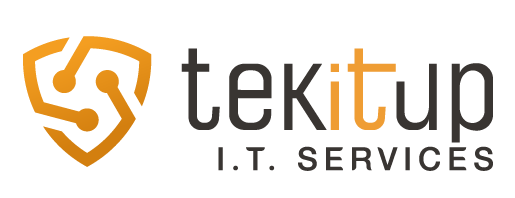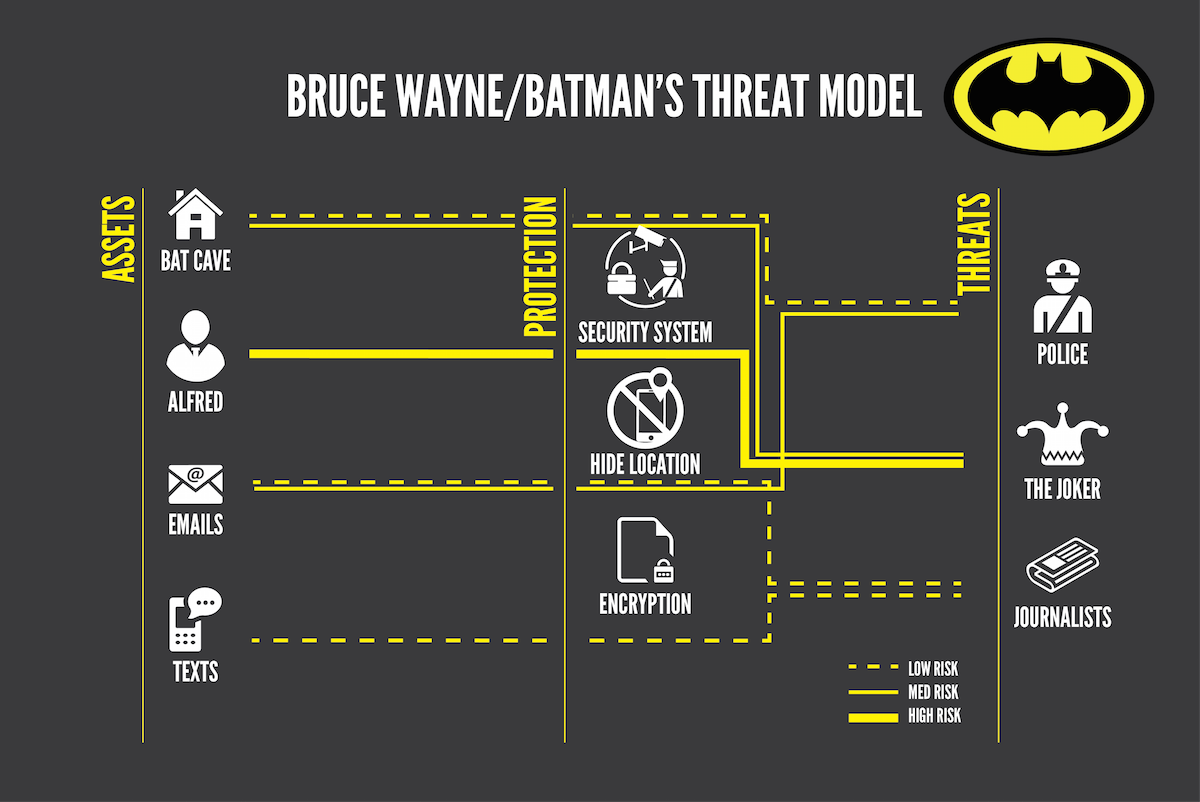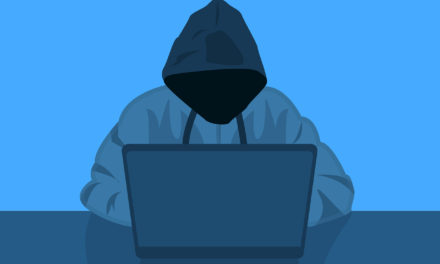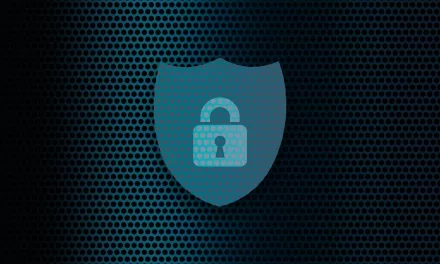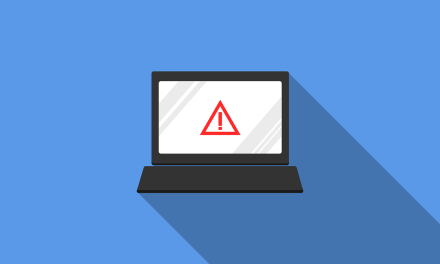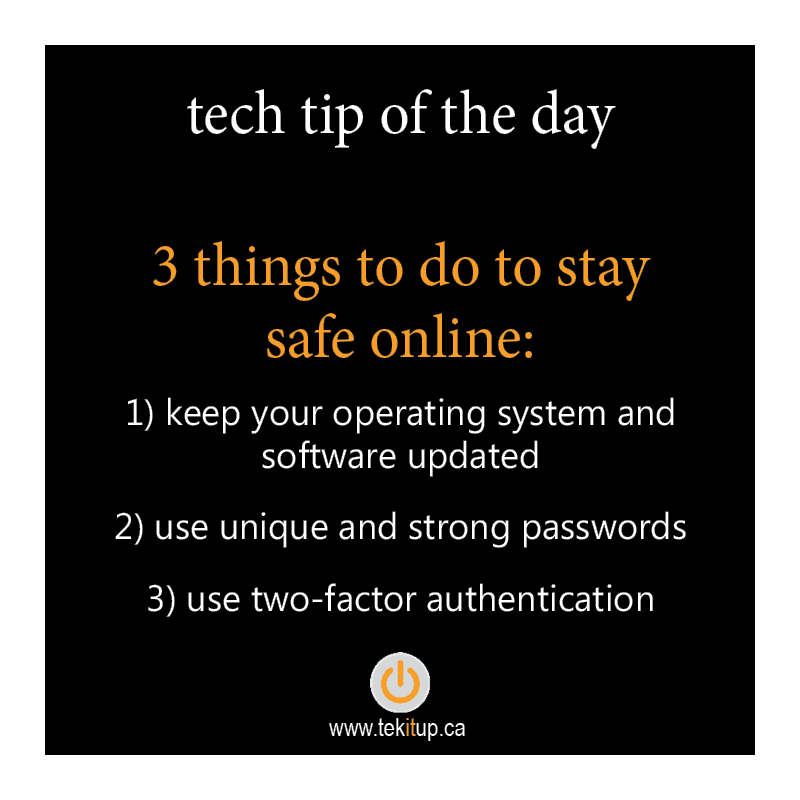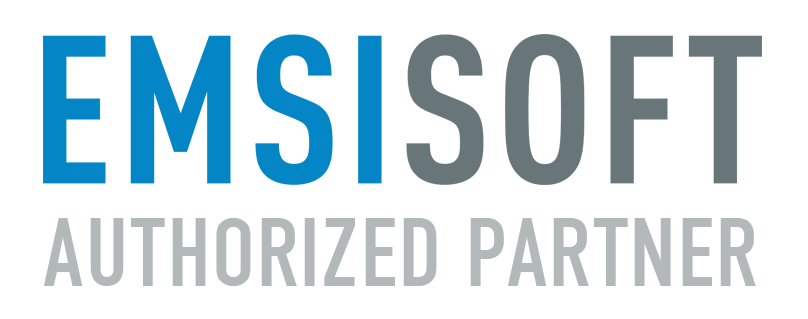We live in interconnected and complicated times and the word “hack” has become a new normal in daily conversations. People are more and more concerned about hackers, data loss and cyber security in general.
Many of our clients ask, “how can we make sure we’re not hacked” and unfortunately, the answer is “you can’t” … it is practically impossible to prevent or block 100% of everything that’s out there. Here is where the term “threat modeling” comes to play.
Threat modeling is hacker lingo for determining how likely you are to be hacked: do you use the same basic passwords on everything? Is an ex coming after you looking for compromising information? The list goes on an on.
The Electronic Frontier Foundation (https://www.eff.org/) recommend asking yourself these questions when threat modeling:
- What do you want to protect?
- Who do you want to protect it from?
- How likely is it that you will need to protect it?
- How bad are the consequences if you fail?
- How much trouble are you willing to go through in order to try to prevent those?
If the answer to any of these questions gives you the chills, then it is time to take your digital safety seriously; however, just because there are more threats out there doesn’t mean you have to simply go live in a cave.
Here are some practical and easy steps you can take towards minimizing and mitigating the effects of a cyber attack (of course these are basic but a good start nonetheless):
- Keep your passwords safe and change them periodically
- Don’t reuse passwords
- Keep your software updated and download available patches
- Implement two-factor authentication as much as possible
- Backup, backup, backup: use an online backup service like iDrive or Carbonite that provides “versioning” which is multiple different copies of your files
- Keep your mobile devices locked (PIN) and up to date
As usual if you have any questions about this or any I.T. or computer topic don’t hesitate to contact us!
Image: arstechnica.com
